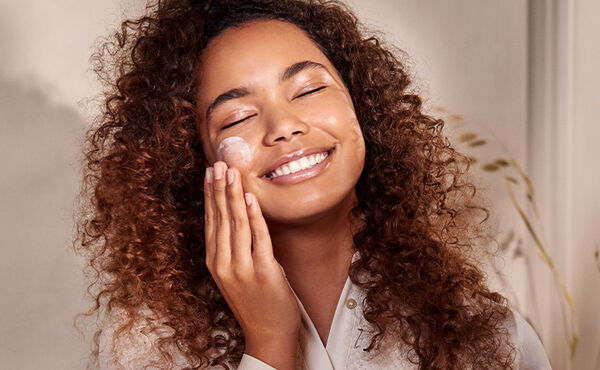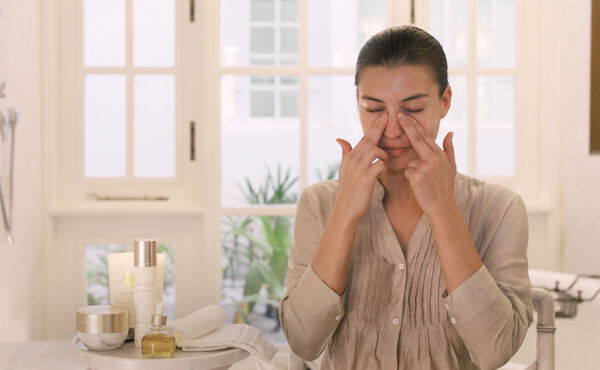Let us help you build your ideal skincare routine for your complexion and know how to layer on products once and for all.
The secret to a happy, healthy complexion is building a skincare routine that is simple, effective and can easily be tweaked. The thing is, while we’re all born with a skin type determined by genetics, it can be affected by different factors like stress, lifestyle and hormones. “There are four primary skin types: normal, lipid dry, oily, and combination,” says Ksenia Selivanova, co-founder of expert-led skincare consultancy Lion/ne. “Then there are the secondary skin types: sensitive, dehydrated, ageing, acne, rosacea and sun damaged.”
You don’t need to adopt a complex 12-step Korean-inspired routine to have great skin, but you do need to be a little strategic depending on how your complexion is behaving. Take a moment to think about what your primary skin type is and what your secondary concerns could be—use those as your compass to finding the products you need. And remember, “your morning routine should focus on protection, while your night-time goal is to nourish and stimulate your skin,” says Megan Felton, co-founder of Lion/ne.
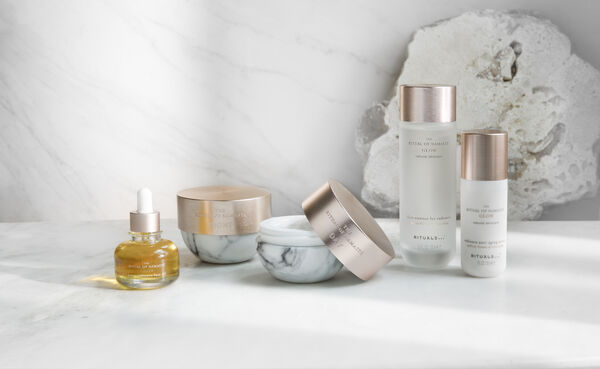
Your daily skincare routine
An essential routine will vary slightly depending on skin type and concern, but it should basically consist of 3 steps; cleansing morning and night, a treatment product such as a tonic, serum or toner, which could be used morning and/or night, plus a moisturiser. The more advanced skincare routine takes a little longer, infusing your skin with a little more (targeted) care.
At night, you would apply a Night Cream/Oil in place of steps 6. Day Cream and 7. SPF.
Breaking down the routine in order and per skin type
Get in order and meet your match! “A good way to remember how to layer your products is to start with the thinner, water-based, products first like your toner and essence followed by oil-based, thicker products. You should always end with your SPF in the mornings,” says Felton. “That said, more active products will need to go on before your oil or moisturiser, even if they are a little bit thicker. This will ensure your skin is taking on the more active ingredients first.”
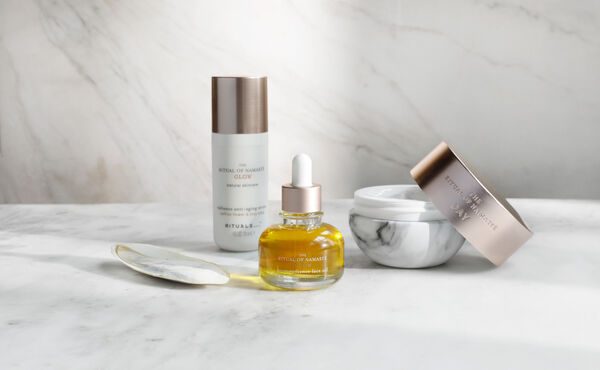
For each category, you’ll want to make sure you’re choosing a product that suits your skin type. Let’s take a look, in the order you’ll be applying them:
When it comes to cleansing drier skin types will want a nourishing milk or oil-based cleanser. Oily/combination complexions can use oil or foaming cleansers, as they breakdown sebum nicely, but be sure to double cleanse at night so pores don’t become clogged. Micellar, on the other hand, is suitable for all skin types.
Toners are used after cleansing, these are designed to remove any stubborn impurities deliver added nutrients, balance out your complexion and help the subsequent products in your regimen absorb better. A great choice for all skin types, alcohol-free toners will soothe and hydrate dry skin, while removing excess sebum from oily/combination complexions.
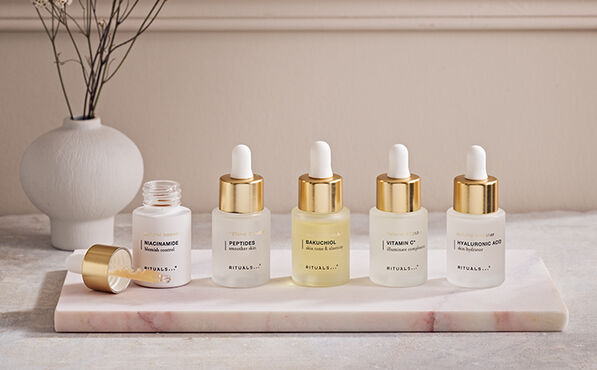
Boosters are precisely that, a skin boost! It contains a specific mix of ingredients, with one active ingredient in a higher concentration than normal for products like moisturisers or serums, to cater to your specific skin need and skin type. These can help to rehydrate, re-plump, and revitalise on a deeper level. Because toners and boosters are lighter than serums, these should be applied first. You don’t need to use them all the time, but you can add them to your routine as and when your skin needs a little extra assistance.
Serums are usually packed with active ingredients, and the lighter texture means they absorb deeper into the skin so they can get to work where they can make the most difference. They're typically applied before moisturisers to help lock in moisture and are suitable for pretty much all skin types.
Whether your eye cream is serum-like in texture or richer, it’s best to apply with your ring finger before your oil/moisturiser. Because the skin around the eyes is more sensitive it requires specialised care, like a more tolerable concentration of active ingredients. If your main concerns for the under-eye area are lines, puffiness, hyperpigmentation or dark circles, there are plenty of eye creams out there that’ll run to your aid.
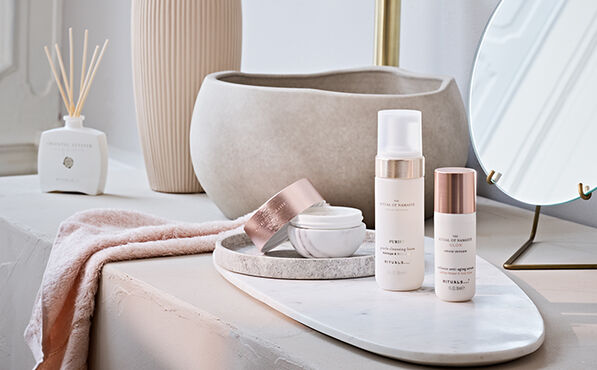
Both oils and day/night creams nourish the skin and lock in any active ingredients, so which you choose comes down to personal preference. If your skin is particularly dry you may wish to use both, whereas oily and blemish-prone skin types might want to skip the oil. A water-based moisturiser can’t permeate oil, so to be on the safe side always pat your oil onto dry patches after you’ve applied your cream (if you’re using one). Otherwise, treat your skin to a massage with the oil if you’re using it alone.
With masks and exfoliators aim to include these in your routine a couple of times a week. If you exfoliate before, you’ll be supercharging the effects of your face mask.
Have you got a question we haven’t covered yet? Worry not! We’ve answered the 15 most often asked questions for you, right here.


.jpg?sw=600&sh=370&sm=fit&cx=0&cy=226&cw=8693&ch=5361&sfrm=jpg)
